The current coronavirus outbreak has made it more important than ever to ensure the utmost cleanliness in your home in order to minimize the spread of germs. Whether you’re preventing the virus from entering your household, or trying to minimize its spread from an infected member of your family, it is equally important to be knowledgeable about the recommended cleaning methods, strategies and products. Here is our guide to keeping your home and belongings clean and sterile throughout this unfortunate time.
Cleaning vs. Sanitizing vs. Disinfecting
In the past, you may have heard these terms used interchangeably to describe the general task of cleaning, but did you know there are legal definitions to these terms? See, cleaning is usually performed with an all-purpose household cleaner to remove dirt and unwanted germs from any surface in your home. Unlike sanitizing or disinfecting, cleaning alone doesn’t necessarily kill the germs found on these surfaces but removes them, highly decreasing their quantity.
Sanitizing is the process of using an appropriate solution to kill unwanted germs within a matter of 30 seconds. These solutions are generally milder than disinfecting products, which are more potent and designed to kill all germs and bacteria within 10 minutes of application.
While these methods are effective alone, it is recommended that you first clean and then disinfect or sanitize your home surfaces for the best effect. The combination not only removes germs, but also kills any remaining ones. For those who are cleaning up after someone who is already ill in efforts to prevent the germs from spreading, you’ll most likely want to employ a heavy-duty disinfectant to tackle all of the germs.
Cleaning Products You’ll Need:
It’s important when you’re performing your cleaning chores to use the appropriate products and tools to get the job done. Here are some items you should keep in your arsenal:
-
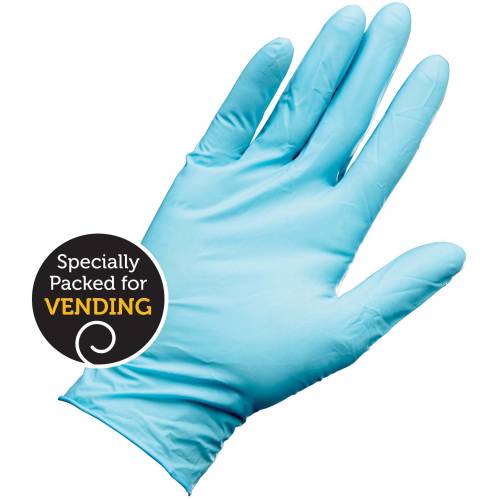
Gloves
The first thing you’ll need before you start cleaning is to ensure you keep yourself safe from any germs you are addressing. We recommend always using plastic gloves while you clean. If you are using single-use gloves, make certain you remove and discard them promptly after you finish and wash your hands thoroughly. If you are cleaning up an especially contaminated area, make certain you remove the gloves before moving on to another task.
For reusable rubber gloves, use necessary precautions not to contaminate other areas after cleaning by washing the gloves as well as your hands properly with antibacterial soap after you finish cleaning, or after cleaning a contaminated zone.
-
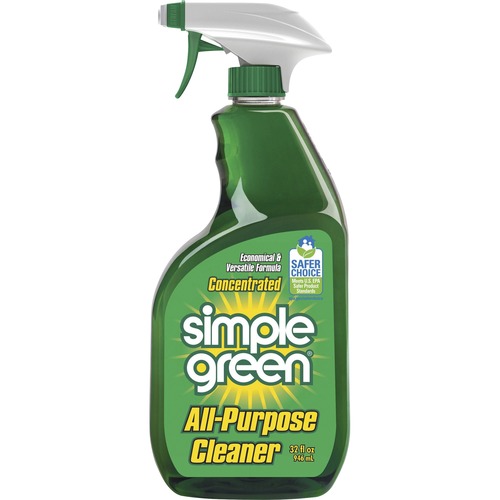
All Purpose Cleaner
You can use just about any household cleaning agent as your all-purpose cleaner, including soap and water, many find it easiest to use a spray form of the cleaner.
-
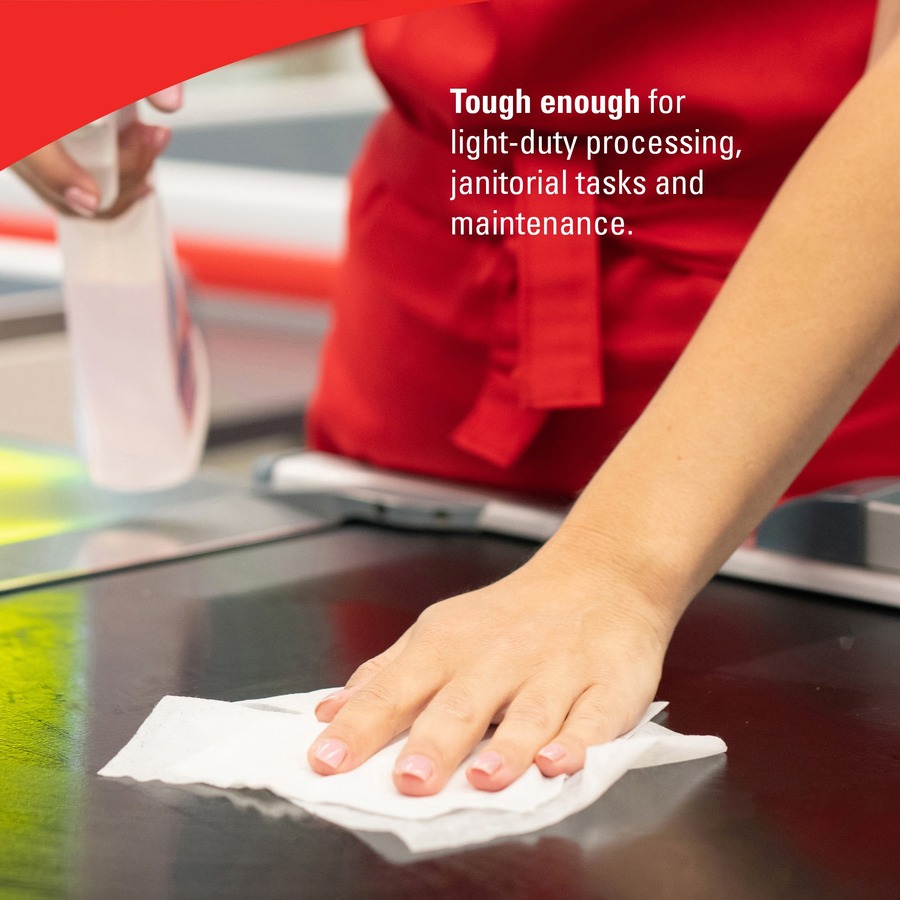
Disinfecting Wipes
While you can use any type of cloth or rag to wipe down your surfaces, we recommend using strong, single-use wipes with a cloth-like durability. These give you the strength of a cloth rag while making it easy to discard the germs you pick up. Please note, that if using reusable wipes or rags, it’s very important that you promptly launder and disinfect them.
-
Sanitizing/Disinfecting Spray
You can make your own sanitizing spray by diluting one TBS of bleach with a gallon of water and placing it in a reusable spray bottle. To make a stronger solution for disinfecting surfaces, increase the amount of bleach to ¼ cup into a gallon of water. You can also buy a ready made disinfecting spray such as this one.
-
Microfiber Cloth
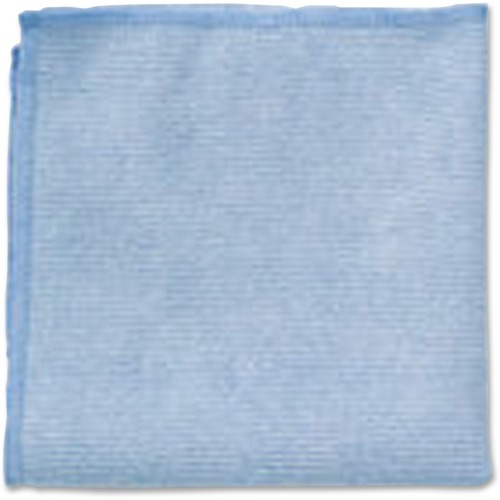
To properly clean surfaces such as electronics, a microfiber cloth can come in especially handy. There are also microfiber mop attachments that make cleaning and disinfecting your floors an easy task.
An Example Cleaning Strategy
We all want to think we’ve got this whole cleaning business down to science, but you may be surprised how many people never think to clean common household items that harbor the greatest amount of bacteria! Here’s a breakdown of all the things you should clean and disinfect to keep your home free from germs.
Start By Washing Appliances
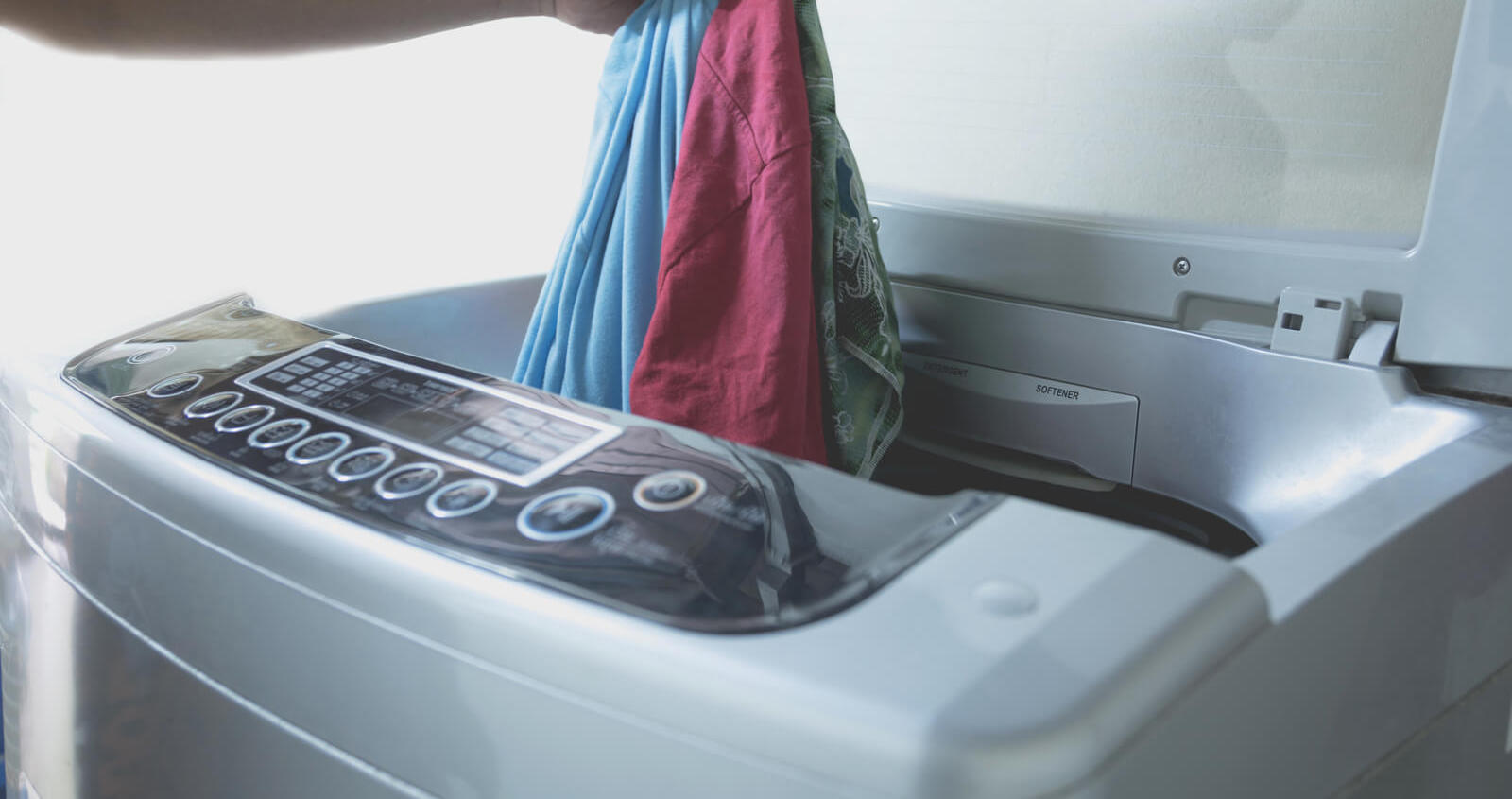
You might assume your washing machine is the cleanest place in your home, but you would be 100% mistaken. In fact, they are notorious for harboring pesky bacteria and germs that thrive in the moisture.
To eliminate them, you can run your washing machine on empty with a cup of bleach every week. This will ensure that any other germs form your laundry or contaminated clothing are successfully killed.
Wipe Down & Sanitize Hard Surfaces
This type of cleaning should be done multiple times per week, especially if you live in a highly affected area, or daily if you are living with someone who is currently infected. This is a large list of household items and surfaces, but don’t be discouraged. Here are the most important surfaces and items you should clean and disinfect.
- All knobs, handles and switches
- Kitchen and bathroom sinks
- Phones and remote controls
- Bathroom surfaces including shower, tub and toilet
- Home office, especially touchscreen computers and keyboards
- Kids plastic toys
- Hard floor surfaces
- Laundry hampers
Disinfect Soft Surfaces - Textiles and Laundry

Absorbent soft surfaces makes up a big portion of any comfortable home environment, but can harbor germs and bacteria if not properly disinfected. When washing your textiles, make sure you use the highest possible heat setting your fabrics will withstand and completely dry them afterwards.
Here is a list of items to which you should pay close attention:
- Towels
- Sheets
- Soiled or contaminated clothes (avoid shaking out soiled clothes prior to washing)
- Carpets and cushions (these should be sprayed with a non-bleach disinfecting spray)
- Shopping bags
- Laundry hamper liners
- Cleaning rags and sponges
Cleaning Up After an Infected Person

Special care and precautions should be taken when cleaning up after and caring for an infected person in your household. Here are a few tips to help you manage:
- Try to contain the sick individual to a single room as much as possible. Also make sure they have a designated bathroom.
- If the person is able to, they should be supplied with the appropriate cleaning supplies to clean up after themselves within their space.
- If this isn’t feasible, you should limit the frequency of cleaning the contaminated area to lower the risk of exposing yourself to the virus.
- Allow some time between a sick person entering and using a space, and cleaning the contaminated area.
- Always use gloves when coming in contact with spaces and items that have been used by the sick person, then immediately clean and remove them if they are reusable, or toss them straight away if single-use.
- Wash your hands immediately after removing your gloves.
We hope these tips help in cleaning and disinfecting your home during this stressful time. While there are some things we cannot control, the cleanliness of our home shouldn’t be one of them! For more information about cleaning and prevention tips visit the CDC website.

